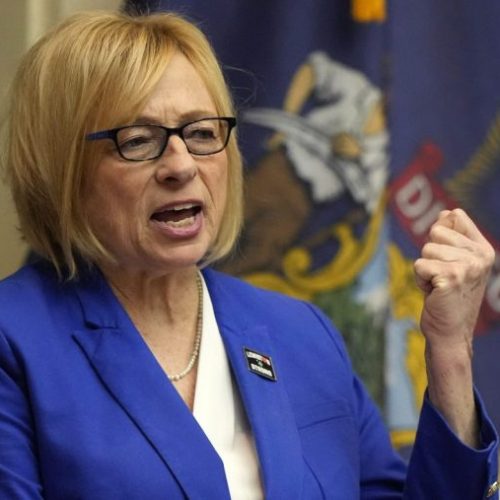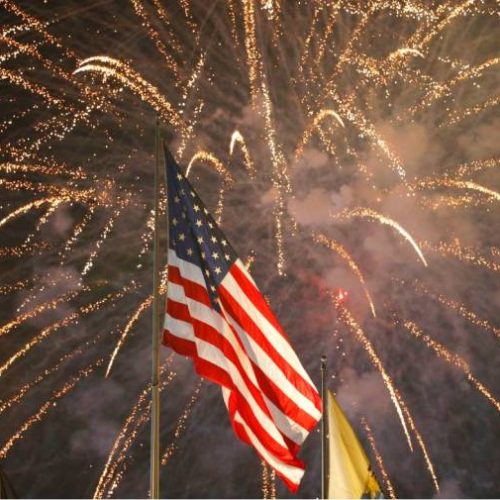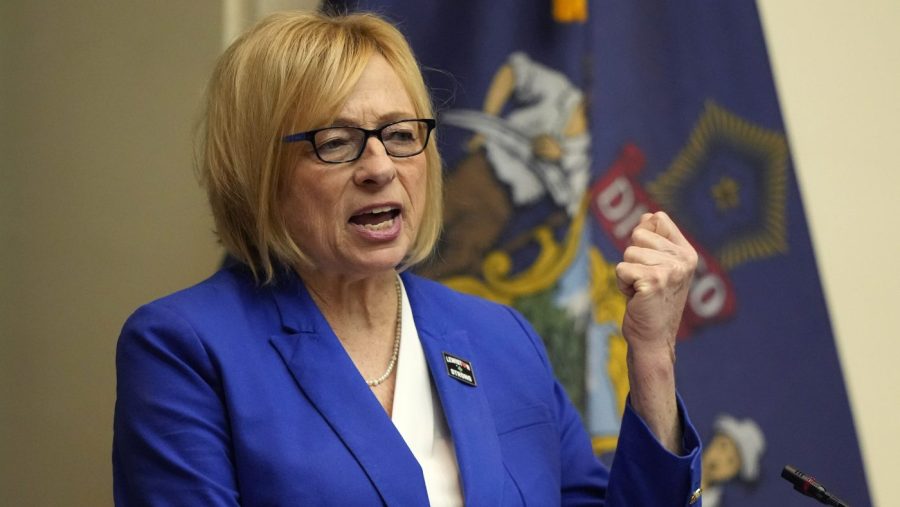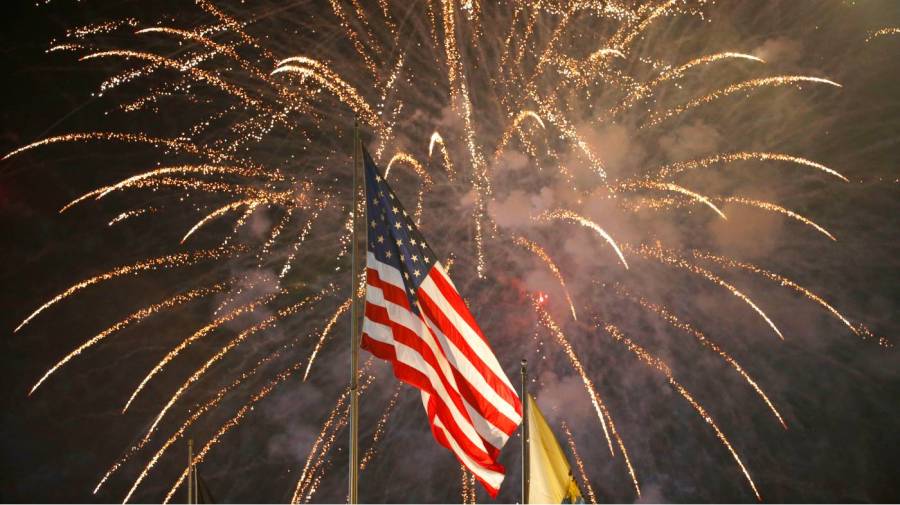Trump Leans into Culture Wars in First Month of Second Term
In his first month back in office, President Donald Trump has issued a flurry of executive orders that signal a renewed focus on cultural and social issues. These actions have reignited debates on topics like gender identity, diversity initiatives, and immigration policy.
Key Developments:
Trump signed executive orders targeting diversity programs and gender identity policies in federal agencies.
Immigration policies have been tightened, including expanded detention and deportation efforts.
Environmental regulations have been rolled back to promote domestic energy production.
Efforts to reshape the federal workforce and reduce its size have begun.
Impact and Significance:
These early actions align closely with conservative policy goals outlined in Project 2025, a blueprint created by the Heritage Foundation. While Trump previously disavowed knowledge of this document, many of his executive orders mirror its recommendations, suggesting its influence on the administration’s agenda.
The executive orders touch on highly divisive issues, likely to energize Trump’s base while drawing sharp criticism from opponents. They signal a clear shift away from policies of the previous administration and could have far-reaching effects on federal operations and social policies.
Background and Context:
Trump’s approach reflects a continuation of strategies from his first term, when executive orders were frequently used to bypass legislative gridlock. This method allows for rapid policy changes but can be vulnerable to legal challenges and reversal by future administrations.
The focus on cultural issues aligns with broader Republican efforts to address concerns about social changes and perceived threats to traditional values. It also taps into ongoing debates about the role and size of the federal government.
Different Perspectives:
Supporters argue these actions are necessary to reverse what they see as government overreach and to realign federal policies with conservative principles. Critics contend that the orders threaten civil rights protections, environmental safeguards, and inclusive policies.
Democratic lawmakers and progressive organizations have vowed to challenge many of these orders through legal action and legislative efforts. Some moderate Republicans have expressed concerns about the pace and scope of the changes.
Looking Ahead:
As the administration moves forward, key questions remain:
How will these executive orders withstand legal scrutiny?
What legislative actions might follow to solidify these policy changes?
How will state governments and the private sector respond to federal policy shifts?
What long-term impacts might these actions have on social issues and federal operations?
The coming months will likely see continued debate and potential legal challenges as the full implications of these executive orders become clear.









